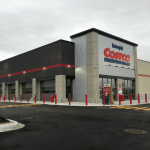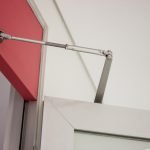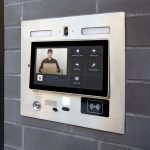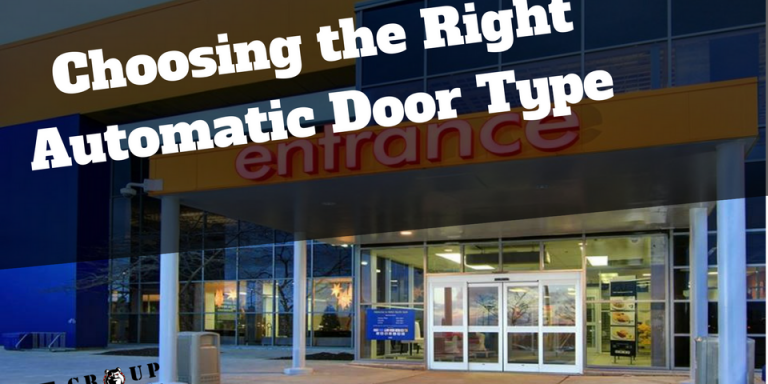There is no denying the utility of automatic doors. Because automatic doors provide many benefits to a business, and are a great investment as we mentioned in another article named Benefits of Automatic Doors. Most importantly, ACCESSIBILITY FOR ONTARIANS WITH DISABILITIES ACT (the “AODA”) has make installing automatic doors a requirement for business settings in Ontario.
But when you choose an automatic door, what aspects should you be looking at?
What types of automatic doors are available?
There are majorly 5 types of automatic doors: revolving sliding, swinging, folding and handicap accessible operator. Below, UTS automatic door technicians explore the key elements that you need to consider to get the most suitable door for you.
Building type
Although the construction and type of the building itself are important, you mainly need to think about the use. Whether you are a hospital, restaurant, retail center or otherwise, you have to know the following: amount and type of traffic, size, location, and main function of your doors. If you’re replacing an old door, some of this will be straight-forward. If not, and for other considerations, read on for more details.
Expected traffic
This is one of your greatest considerations when choosing an automatic door.
- Amount: This will usually vary throughout the day, and is important to know so you can bear in mind the wear and tear your door will be put under. Installing an automatic door versus a manual one will already help with any congestion. For the busiest times, you have to consider the type of traffic.
- Type: Put simply, do you have one-way or two-way traffic? Each type is suited to different types of doors. Two-way traffic in a wide space is best dealt with by having sliding doors installed; in a narrow space, folding doors provide a better option. For one-way traffic, swinging doors are ideal, although it’s best to have a system in place with a separate, dedicated entrance and exit.
Door size
Although this was mentioned above, a narrow area is not suited to the installation of a sliding door. Swinging or folding doors are a more apt choice. The minimal size should at least complies with the ”AODA”’s building code.
Location
This relates to size and traffic, as well as main function (below). It could be an internal rather than an external door, or be placed in an area where quiet operation is a priority.
Main function of the doors
Along with traffic this is the most vital aspect of picking a new door.
- Emergency exit: These should swing outwards (if a swing door), be large enough to allow exit for the expected number of people, and be easy to operate in a power outage.
- Insulation: Air conditioning is expensive, but it’s essential for top customer care. Doors that seal well can prevent loss of cold or heat.
- Safety and security: To protect people and information, you may have to consider how the door locks, or soundproofing.
- Hygiene: A huge concern in catering and healthcare, choosing an easy-to-clean door will simplify the prevention of contamination. Most are made from glass and aluminum, which are naturally suited to this task, but you should still check the materials of your desired door with the manufacturer.
Summary
If you consider traffic, size, location and main function, and you still can’t decide what suitable automatic doors are for your building, it’s better to consult an automatic doors company such as UTS Automatic Doors.


























